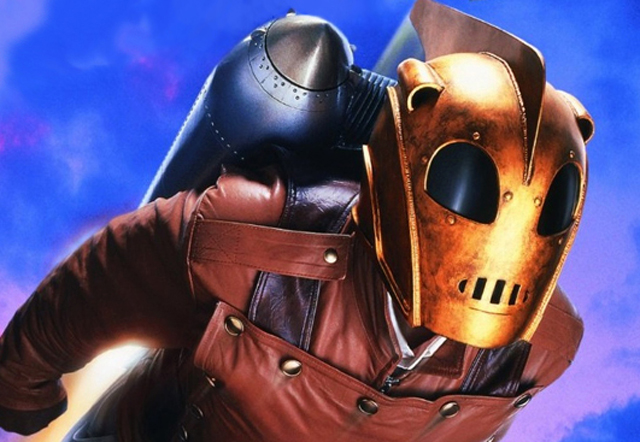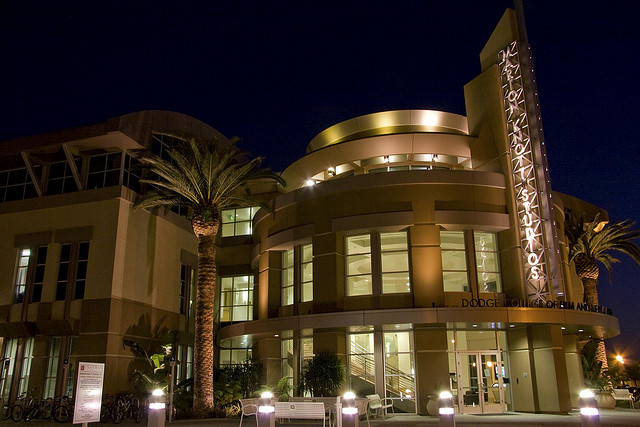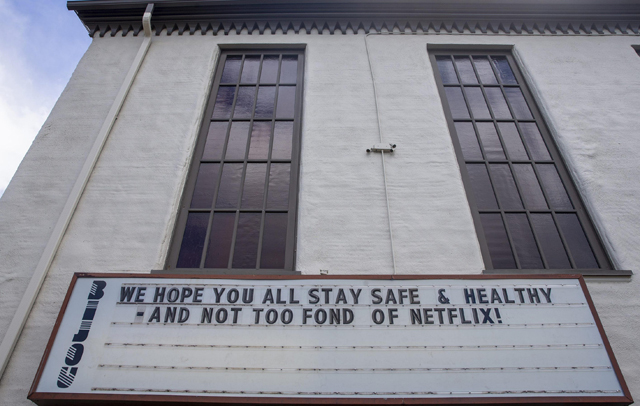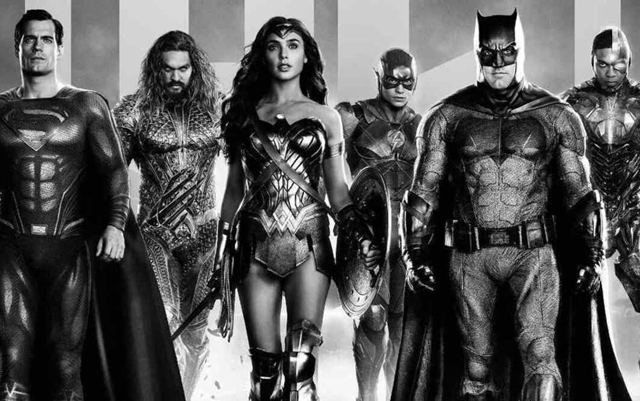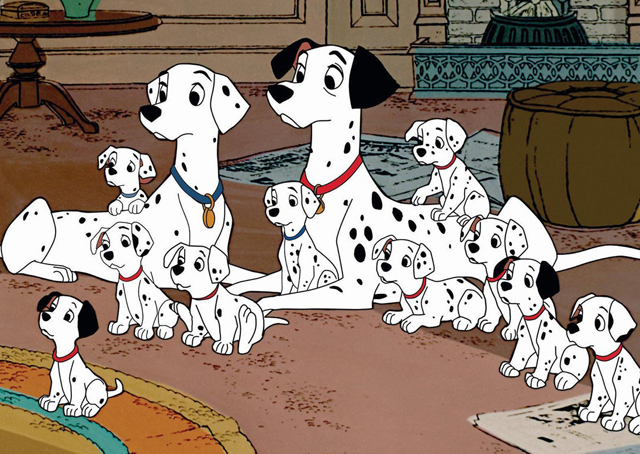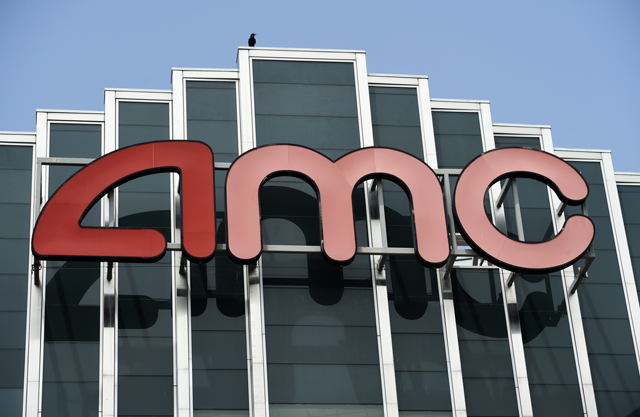
For cinema lovers, a happy ending seems to be something more and more that we will only ever find on the big screen. At the beginning of this Summer, things for once were finally beginning to look up for the pandemic ravaged movie theater industry. Nearly all domestic theatrical markets were reopening, including the biggest ones in New York and Los Angeles, and the studios were finally setting their release calendar in stone after a long year of delays and cancellations. And for the most part, we did get something of a Summer movie season, with heavy hitters like the Marvel Cinematic Universe and Universal’s Fast and the Furious franchises all delivering us something to watch over these last couple months. There were certainly a lot of high hopes that things were indeed coming back to a sense of normal finally. But, happy endings don’t always happen like they do in the movies. While box office has indeed gotten a lot healthier than it was during the almost non existent lockdown box office of last year, it still remains soft when compared to the record breaking numbers seen over the last decade. Black Widow for instance has seen a $175 million gross to date, which is great during a pandemic affected market, but puts it on the low end of Marvel movies overall. And that’s one of the few bright spots, as other high profile movies like In the Heights and The Suicide Squad opened soft and faded fast from the box office. There are a lot of factors that attribute the still low box office, and it shows that even though we have gotten past the worst of this pandemic, we are still not out of the woods yet, and that “normal” is still far away. But, there’s another question that may arise out of what we’ve seen so far from these post-lockdown days; is normal really achievable, and are we going to need to reassess what it actually means in a cinematic sense. Business is still definitely not back to normal despite some definite improvements in the last few months and it’s going to make the movie studios rethink their strategies moving forward. And that, in turn, may end up changing the way we think of success in entertainment overall.
Certainly the biggest factor in the soft box office that we have seen so far is the fact that the pandemic is still taking it’s toll on the population. Now, things were certainly worse off last year for both the population in general as well as the movie theater industry. What has changed today is that we now have a vaccine which is the best weapon in our arsenal right now to combat the spread of Covid. In many parts of the country, particularly the urban ones, the vaccine rollout had been overwhelmingly successful, and has kept hospitalizations and casualties low, enabling the health care system to better provide service for those most affected by the ongoing infections. Though reaching herd immunity is difficult against such a rapidly spreading and evolving disease, it’s not impossible and getting a majority of the population vaccinated is key to achieving that goal. This in turn has enabled the movie theaters to return to normal operations, especially for those in the largest markets which experienced a year long closure. But, even with businesses being allowed to reopen, there remains one lagging problem; audiences are not ready yet to fully return. Though vaccines have helped to bring the the numbers down in many places, there are still several parts of the country that the virus is still running rampant. This is due to what is called the Delta Variant of Covid-19, which is far more transmissible than past strains of the virus, and is far deadlier to those more susceptible to the virus. Another cause of rising cases is a deluge of anti-vaccine misinformation that has been spread across social media, which in turn has caused vaccine hesitancy in many of the population. Initially, many indoor businesses, like movie theaters, were going by a “honor system” with regards to welcoming patrons; leaving the question of vaccine status to a level of mutual trust. Sadly, the honor system has not worked, and businesses are now finding themselves in the unfortunate situation of enforcing safety guidelines again that they had hoped wouldn’t be necessary. This includes mandating the wearing of masks indoors, and in more drastic cases, demanding proof of vaccination. This has further complicated matters, as it is affecting many businesses that are depending on a return to pre-pandemic levels of business, like the movie theaters.
With an audience base still wary about heading out to their local theater in response to the still not under full control pandemic, it has put the industry in a bind that they had hoped was behind them. One big difference is that for now the threat of movie theater closures is behind us. There are enough safeguards in place to help keep the movie theaters open for business even in the worst case scenarios. Couple this with the fact that the largest markets are also benefitting from the highest levels of vaccination in the country also helps to ensure that movie theaters will remain open. The problem now for them is that they are not able to fill up the multiplexes like they used to, and that is hurting their reputation within the movie industry in general. Despite having enough movies available now to fill up their many screens, the audiences are still showing hesitancy. Some are worried that the safety protocols are not strong enough, or that the guidelines are too restrictive and not worth going out to the movies for. That’s why we are seeing a soft summer movie season right now, with only a handful of big projects actually making a dent at the box office, and only just. Sure, little business is better than no business, but the movie theaters are having to deal with the pressure of delivering for a movie industry that is increasingly seeing their business as obsolete. The closure of the movie theaters over the last year also coincided with the rapid rise of streaming services, and more and more it looks like the movie studios are willing to cut out the middle man that they have had to share a fraction of the profits with. The movies coming out this summer are holdovers from 2020 that would have been huge tentpoles that would’ve benefitted both sides if business continued as normal. But, with expensive tentpoles performing only modest to disappointing box office under the conditions that we have now, the movie studios are losing their confidence more and more with the once booming theater industry.
Perhaps now is even more of a crossroads moment for the future of the movie theater industry than what we saw during the height of the pandemic. Movies have the ability to play on the big screen again, but the audiences are not returning like we had hoped that they would. And even though external factors are part of the reason why, movie theaters continue to struggle to compete in a market where streaming has a stronger foothold than ever. What could happen in the future is anyone’s guess. The movie theaters could end up riding out the storm and see business pick up again once the pandemic has finally dissipated in the next year, with audience hesitancy no longer being an issue. Or, this soft box office year could end up being indicative of a new normal for the movie theater industry as they descend into an overall decline. One thing that 2021 will tell us is just how much value the movie theater industry on the whole will mean to the future of Hollywood. This year, we are witnessing the studios using the unique circumstance of the pandemic to experiment with a hybrid day and date release model for both theaters and streaming. Late last year, Warner Brothers announced that their entire 2021 slate would premiere both in theaters and on their streaming platform HBO Max, and they have not reversed course on that path. Likewise, Disney announced the co-release of their movies this summer on the big screen and on Disney+ for an extra fee. From this move, we have our best indication yet of what the studios might do with the release of their movies in the future; whether there are better profits to be made with one or the other. And thus far, the results are inconclusive, at least to the lay man. While movie theaters and studios must publicly declare their box office grosses for every week, internal streaming numbers are still held close to the chest, meaning only the studios themselves knows how they are performing.
Some places have tried to make sense of how these experiments are performing, but thus far, the studios have been wildly inconsistent. For a moment, it looked like HBO Max’s experiment might have worked, with one of their big early tentpoles, Godzilla vs. Kong performing better than expected in the midst of a still stifled pandemic market, becoming the first film since the beginning of the lockdown last year to cross the $100 million benchmark, but just barely. From that vantage point, it seemed like the streaming competition didn’t affect the movie’s box office appeal, but as Warner Brothers headed into the lucrative summer season, that rosy outlook changed. In the Heights, a musical movie with a lot of promising crossover appeal, fizzled out quickly, making it a costly failure that couldn’t recoup it’s own budget despite rave reviews. And more recently, The Suicide Squad, an expensive reboot of a franchise based on the popular DC comics also performed poorly against expectations, leaving many to wonder if Warner Brothers left a lot of money on the table betting on this day and date release plan. One big problem for Warner Brothers is that they made their movies available at no extra charge, meaning they were going to need the money made off the new sign ups for HBO Max to compensate for the lower amount of tickets sold in theaters. Disney on the other hand, charged it’s customers $30 for the same privilege on top of their subscription price. Now, Disney touted that they made such and such money on select movies during opening weekends in the hopes that it would be taken into account in conjunction with the box office in theaters. But, since the opening weekend grosses, they’ve remained silent about their streaming numbers, which has led many to speculate whether or not the movie is actually doing as well as they say. Adding to the confusion, Disney has announce that they were not going to do the same with the upcoming Shang-Chi from Marvel, as an “experiment,” which has led many to believe that the studio is not getting the desired results that they were hoping for.
The problem with the studios choosing now to be experimental is that they are disrupting the progress they need to make a return to normal necessary. For one thing, Disney has found itself in hot water because choosing their hybrid release model for some movies was in violation with contracts made with the talent at their studio. Scarlett Johansson in particular opened up the floodgates when she filed a lawsuit against her former employer, stating that shifting the movie to partial streaming prevented the movie from reaching higher box office numbers, which she would’ve benefitted from as part of the percentage clause in her contract. With Disney segmenting part of the overall gross of Black Widow into streaming, the lawsuit claims that they intentionally did this as a way of keeping Mrs. Johansson’s slice of the profits low, so they wouldn’t have to pay her fair share. Her claim also states that because the contract specifically calls for an exclusive theatrical window, Disney violated their terms by leaving her out of the decision to move it partially to streaming, which would’ve required a separate contract. In this case, HBO Max actually did the ethical thing, by granting it’s talent like Gal Gadot of Wonder Woman a separate bonus to offset the low grosses as a way to still honor their contract. Disney on the other hand acted unilaterally and without covering all their bases, and in turn has alienated themselves from some of the biggest names in the industry, all so they could reap the benefits of a downtrodden market. Such a costly oversight in turn could prevent these studios from actually investing in the movies needed to help bring the movie industry back to normal. Disney is very dependent on it’s pool of talent, and when they start to distrust you because you chased after money, it’s going to hurt you in the long run.
Perhaps as a response to their touchy situation after mishandling the Scarlett Johansson lawsuit, or perhaps the premium access option is not panning out as well as they hoped, Disney is abandoning their day and date model for now, with their next couple films being theatrical exclusives, with some conditions still attached. Movie theaters must now get the most they can out of the first 45 days of a movie’s release, because the new normal has shortened the theatrical window with pretty much every studio. Warner Brothers and the nation’s largest chain, AMC, inked a deal that allowed for that exactly, and beginning in 2022, movies from WB will now see a theatrical release first before making it to streaming. Universal, Disney, Paramount, and Sony also likewise have set similar deals, which at least gives the theatrical industry the benefit of first runs again. However, with the shortened theatrical windows, we’ll see less of those long tail success stories of underdog movies. In the past, some movies enjoyed word of mouth promotion that helped to carry their modest early numbers to enormous success over a long term run. Think There’s Something About Mary (1997) or The Sixth Sense (1999), Slumdog Millionaire (2008) or more recently The Greatest Showman (2017), movies that started small but grew to huge successes because audiences just kept returning week after week. Sometimes, there were movies that were still actively playing in theaters almost a full year after their initial release. Those days might be gone now after the pandemic has forced theaters to renegotiate that broader window with the studios. The pressure is now on movies to make the most they can upfront and that favors the big studios more and becomes a major problem for the independents. The sleeper hit may become a thing of the past as a result, and it would create a more homogenized market at the movie theaters, which in turn would lead to far less interesting movies to draw audiences back in. Thus, we are now faced with a decision as to what makes a movie a success anymore, because the metrics of the box office are likely forever changed.
It’s a crossroads point for the movie theater industry. They are faced with the prospect of losing their foothold in this ever changing business of cinema which has been at the forefront of the artform for over a century. Meanwhile, the movie studios are facing the problem of trying to get back to normal in a marketplace that still isn’t ready to be there yet. Movie theaters are thankfully back and operating again, but the ongoing pandemic is making it too hard right now to bounce the industry back to normal. And with the Delta Variant complicating things, we are likely to see box office suffer for the near future, which is going to be devastating for many of these highly anticipated movies that we’ve been waiting the better part of a year to see, and in some cases even longer. A few movies have already jumped ship, with Sony’s Venom sequel moving back 3 weeks and Paramount’s Clifford falling off the calendar completely. All of a sudden, a September that looked full of upcoming movies has suddenly turned empty, and it leaves a lot of doubt over what will happen with the big titles releasing in October, which includes MGM’s next 007 entry, No Time to Die, and Warner Brother’s epic Dune. We can try our best to offset the uncertainty of the Fall season by quickly getting this Delta Variant under control with mask mandates and rapid vaccination increases, but it’s a tall order with so much hesitancy still hanging in the air. It’s like trying to have a barbeque in a park surrounded by a forest fire. The box office is no where near back to normal and it’s on all of us to do the responsible thing in order to preserve the theatrical experience. Movie theaters have made many sacrifices and compromises to ensure their survival. Their continued success into the future is going to depend on how Hollywood views their worth, and thus far, this year is still not giving us any conclusive sign of how things might go. My hope is that we will soon turn that corner and see the pandemic recede and audiences finally feel comfortable returning to the theaters again. The crossroads to the future of cinema is an uncertain path to see clearly, but we’ve underestimated the power of cinema before and lets hope the rough road ends up being the right one in the end.
